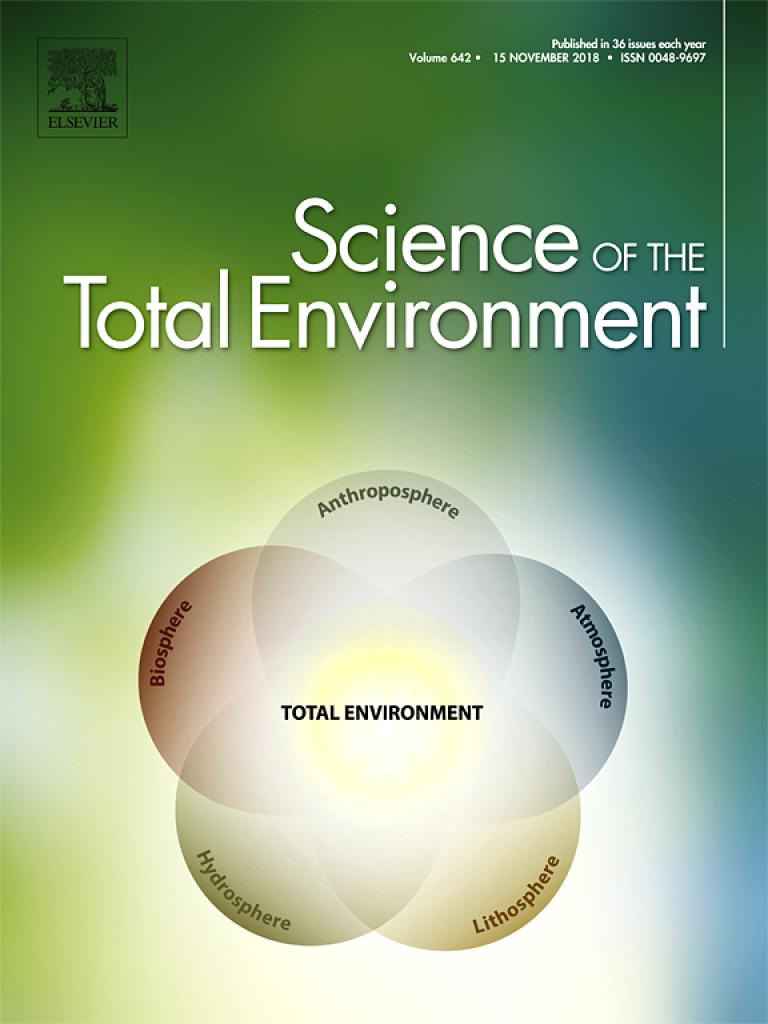Pesticide Mitigation by Vegetated Filter Strips
The most widely implemented mitigation measures to reduce transfer of pesticides to surface waters via surface runoff and erosion are vegetative filter strips (VFS), also known as grassed buffer strips. Experimental VFS studies have shown that the most important factor influencing VFS efficiency for a given runoff event is the hydraulic load, i.e. the volume of incoming surface runoff and rainfall divided by the overflown area of the VFS. Hence, an event-based model is best suited to simulate the efficiency of VFS in reducing surface runoff and pesticide entry into surface water in a risk assessment context.
VFSMOD (Muñoz-Carpena and Parsons, 2014) is the most used dynamic, event-based model to simulate the effectiveness of VFS. While VFSMOD simulates infiltration and sedimentation mechanistically, i.e. in a physically-based manner, the reduction of pesticide load in surface runoff by the VFS is calculated with the empirical multiple regression equation of Sabbagh et al. (2009). However, the Sabbagh equation has not been widely accepted by regulatory authorities, because its reliability has not been sufficiently demonstrated yet. A major drawback is the small number of experimental data points (n=47) which were used for calibration in the original publication. Hence, evaluation against additional experimental data was necessary. To corroborate and improve the predictive capability of the Sabbagh equation, additional experimental VFS data were compiled from the available literature. The enlarged dataset (n=244) was used to recalibrate the Sabbagh equation and a number of alternative trapping equations; results were compared with each other and with those of a regression-free mass balance approach developed by Reichenberger et al. (2017). The study confirmed the suitability of the Sabbagh equation for regulatory modelling of pesticide trapping in VFS. However, the mass balance approach of Reichenberger et al. (2017) turned out to be a viable alternative.
If you want to learn more, please have a look at the paper or contact our team.
Reichenberger, S., Sur, R., Kley, C., Sittig, S., Multsch, S. (2019): Recalibration and cross-validation of pesticide trapping efficiency equations for vegetative filter strips (VFS) using additional experimental data. Sci. Total Environ. 647: 534-550.
Related Reading by our Authors
Reichenberger, S., Sur, R., Kley, C. (2017): Evaluation of pesticide trapping efficiency equations for vegetative filter strips (VFS) using additional experimental data. Poster at SETAC Europe, Brussels, May 2017.
Bach, M., Guerniche, D., Hommen, U., Klein, M., Kubiak, R., Pires, J., Preuß, T., Reichenberger, S., Thomas, K., Trapp, M. (2017): Bewertung des Eintrags von Pflanzenschutzmitteln in Oberflächengewässer – Runoff, Erosion und Drainage. GERDA – GEobased Runoff, erosion and Drainage risk Assessment for Germany. Umweltbundesamt, Dessau. FKZ 3711 63 427; ISSN 1862-4359; 553 p., available online.
Reichenberger, S., Bach, M., Daniels, B., Guerniche, D., Hommen, U., Klein, M., Kubiak, R., Pires, J., Preuß, T., Reichenberger, S., Thomas, K., Trapp, M. (2014): Impact of step 4 scenario assumptions and VFSMOD parameterisation on the effectiveness of vegetative filter strips in reducing PEC in surface water. 7th European Modelling Workshop, 21-23 Oct 2014, Vienna; oral presentation, conference paper available online.
Reichenberger, S., Bach, M., Skitschak, A., Frede, H.-G. (2007): Mitigation strategies to reduce 901 pesticide inputs into ground- and surface water and their effectiveness; A review. Sci. Total Environ. 384, 1–35. DOI: https://doi.org/10.1016/j.scitotenv.2007.04.046

